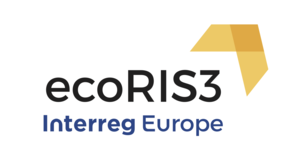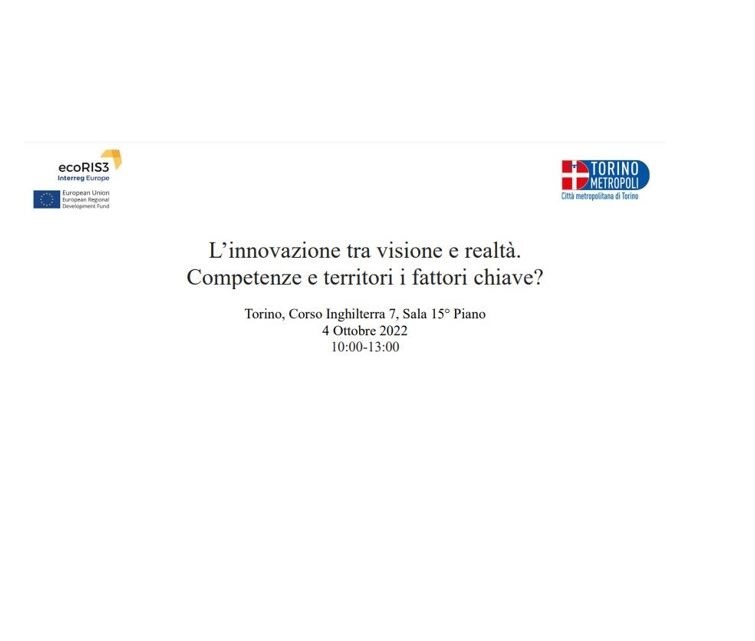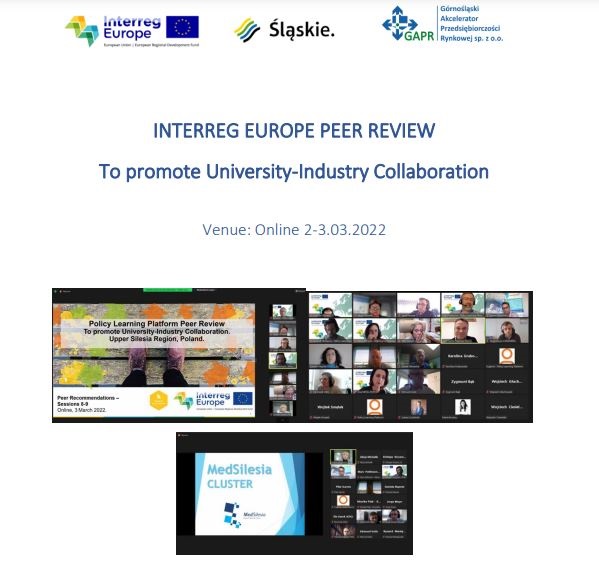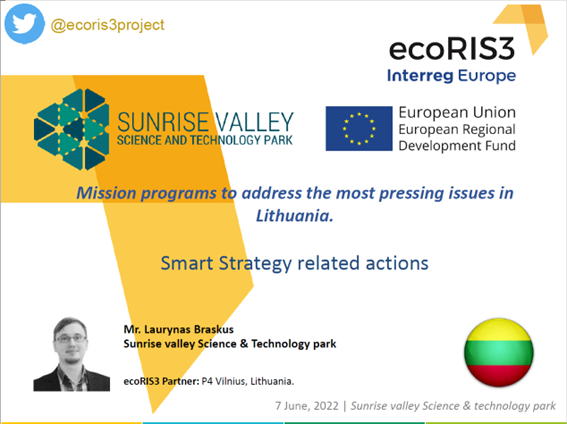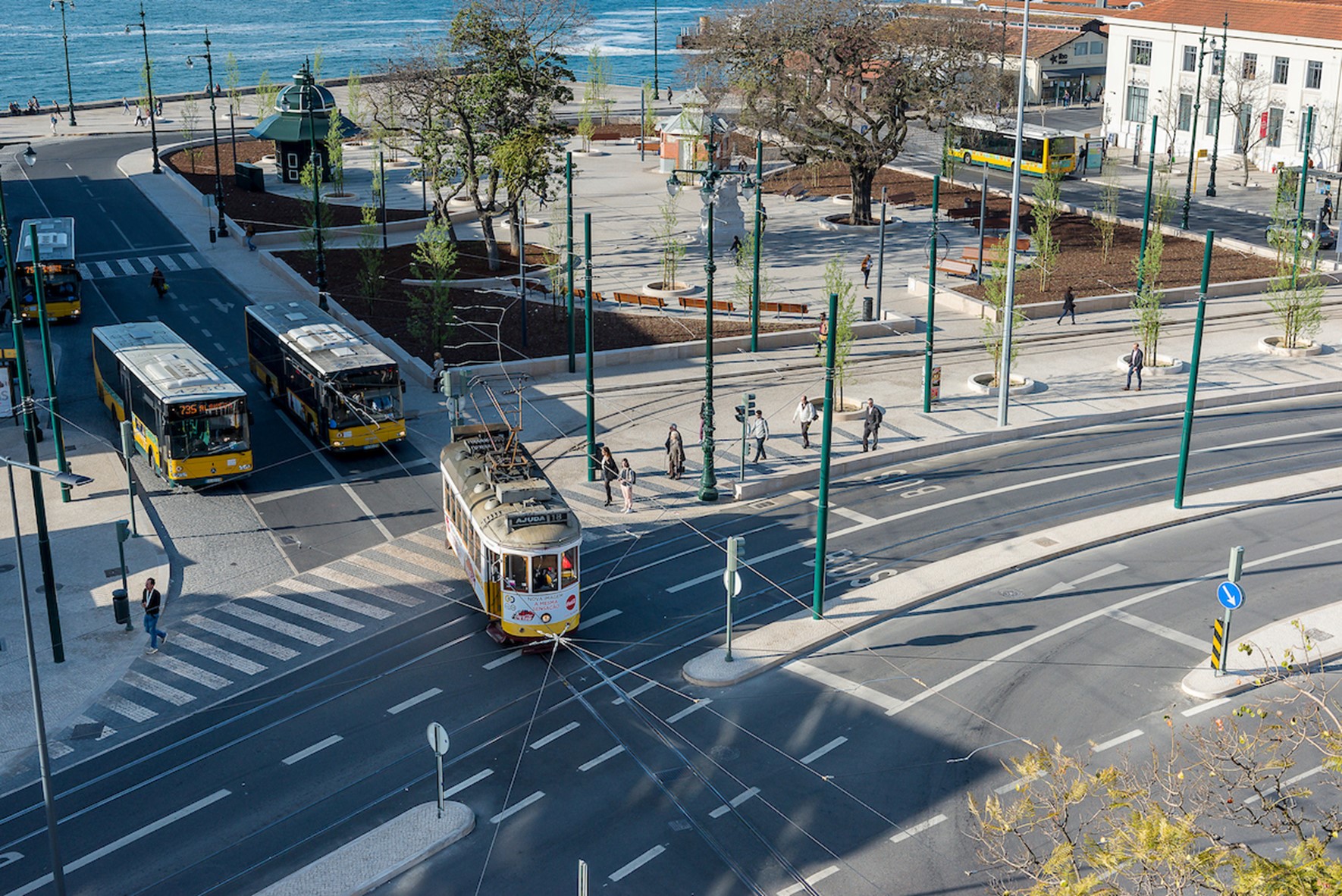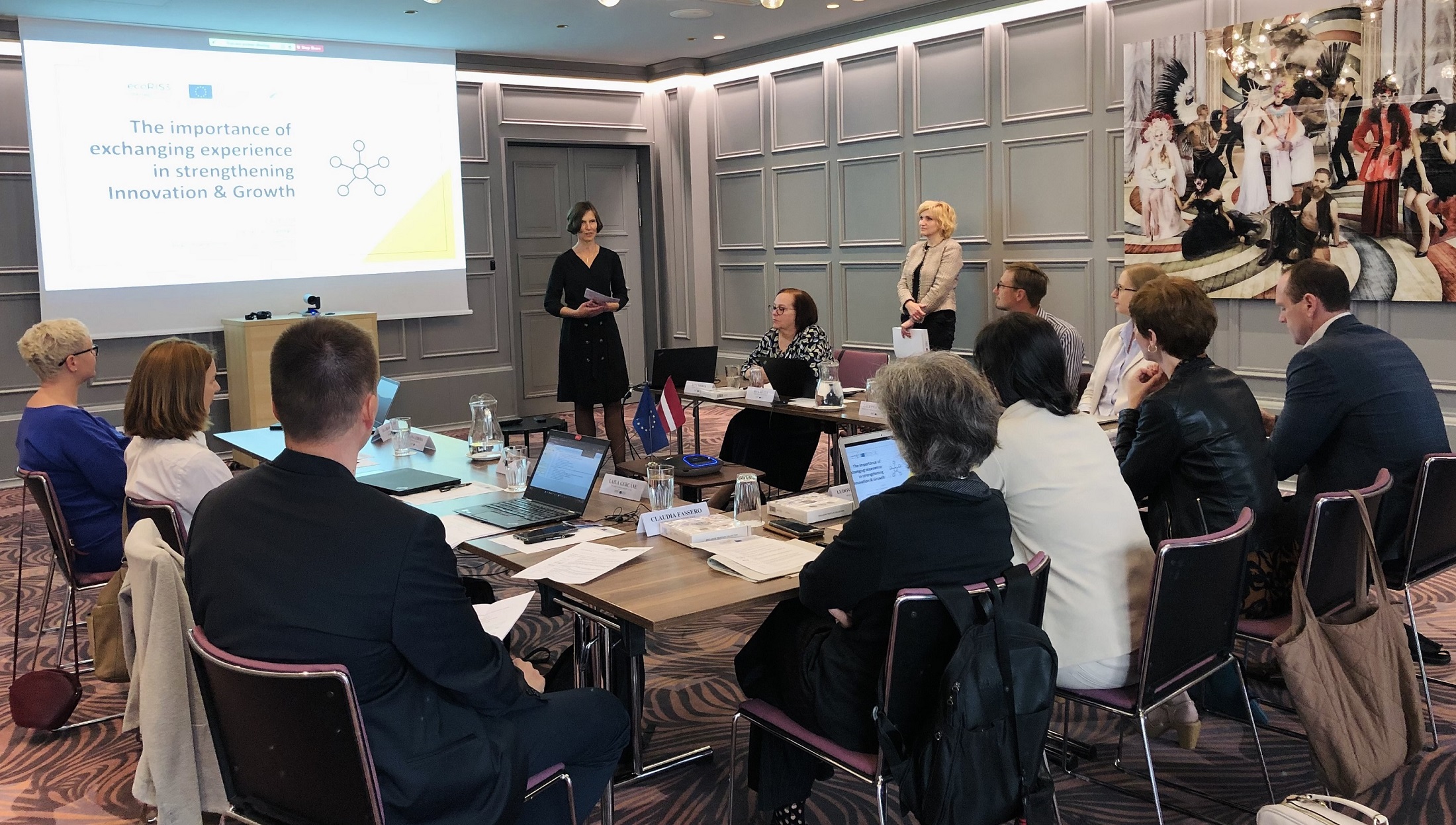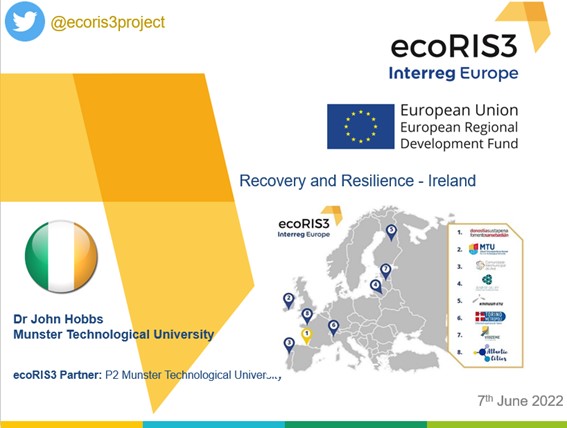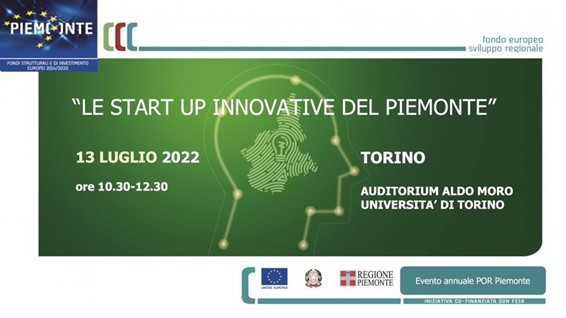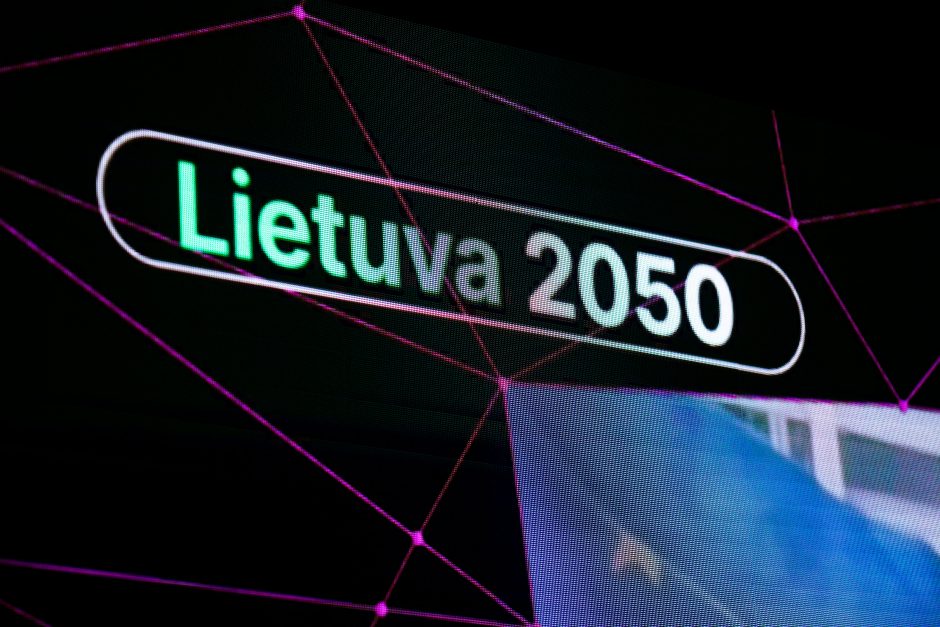Today Vuokatti is known to have the world’s finest training facility for professional athletes involved in Nordic skiing and it is also recognized as a popular four seasons tourism destination. However, that has not always been the case, instead, it has been the result of a long and continuous area development.
The development of the Vuokatti area in the Kainuu region to be a professional winter sports centre began by dedicating one part of the EU cohesion funding for the construction of a ski-tunnel in Vuokatti after Finland joined the EU in 1995. The ski-tunnel was opened in 1998 and it is a 1200-meter-long and 8 meters wide infrastructure especially suitable for professional ski training throughout the year. It is also used for leisure activities, for example, the first snow ski-track opens every year in the beginning of October.

The area’s development went another step forward in January 2004, when the Unit of Biology of Physical Activity of Jyväskylä University launched a sports technology MSc programme in Vuokatti for students with a technical background. In 2005, a doctoral programme was also launched. In these programmes, the students are taught to understand the interface between human physiology and technology in the areas of sports and well-being. It is achieved by combining knowledge from biomechanics, exercise physiology, science of sport coaching and fitness testing. The students are encouraged to produce a master’s thesis in cooperation with companies related to coaching and equipment testing, bio signal processing and human movement accessories. International cooperation also exists in the form of interdisciplinary projects. The school system is flexible and the professional coaches give the student athletes the possibility to focus on studying and sports at the same time. The next application round for the MSc programme will be in Spring 2018.
Activity tourism as well as innovations of sport are focus areas of Kainuu’s Smart Specialisation Strategy (RIS3) and tourism is also one of the four focus clusters in the current and upcoming regional strategy of Kainuu. These policies have been set by the Regional Council of Kainuu, which acts as the regional authority, and they have been involved in the area’s development in two ways: through regional stakeholder groups that involves more than one member of Finland’s funding organisations, and through direct project funding, in which the funding comes primarily from the Structural Funds. In fact, the Regional Council of Kainuu together with the Ely Centre of Kainuu has allocated overall 4,2 million euros for the university research and education activities in Vuokatti Campus during the past and current programme periods.
 Regional Council of Kainuu is also one of the main financiers of the winter sport activities in the Vuokatti tourism destination. They have supported technology and innovation activities through the Structural Funds since the beginning of 2000 and they have recognized technology and innovation as effective means to improve the attractiveness of Kainuu and especially Vuokatti as an area for leisure, business and study.
Regional Council of Kainuu is also one of the main financiers of the winter sport activities in the Vuokatti tourism destination. They have supported technology and innovation activities through the Structural Funds since the beginning of 2000 and they have recognized technology and innovation as effective means to improve the attractiveness of Kainuu and especially Vuokatti as an area for leisure, business and study.
The area’s development has enabled turnover from professional tourism and there has been new Ph.D.s as well as four new Ph.D theses. It has also impacted the local economy by providing specialised graduates to the region. For example, 56 M.A. graduates were employed by the local businesses at the end of 2015.
The Vuokatti Campus creates an attractive environment that combines top-level sport training and studying in top facilities. For example, many national cross-country skiing teams practise in Vuokatti. Additionally, the Vuokatti Campus enables business and research around sport. This environment of outdoor sport as well as nature tourism makes the Kainuu region more valuable.
Unfortunately, the Vuokatti cluster relies on continuous development actions that require public and/or public private partnerships, and as such the area only began developing when such funds were possible. These days the challenge is the restricted nature of the Structural Funds and the uncertainty about the future. If the area aims to be sustainable, there needs to be a “Plan B” regarding the innovation and development funding.
Nonetheless, the Vuokatti Campus has several concepts and practises that could be utilised elsewhere:
- The concept of adding leisure activities into thematic tourism activities and benefitting from both
- The activation of the professional tourism activities that are based on research as well as the activation of higher educational degrees that includes international operators and participants.
- The regional authority’s rational approach for supporting coherent and long-term projects.
- The concept to create and foster an attractive environment to combine top-level sport training and studying in top facilities, which enables business and research around sport.
